Function and Introduction of the Device: First, the composition of the device The device is illustrated in Figure 1 and Figure 2 (see attached). It consists of a power supply, a switch, a surface light panel, a handwheel, two polarizers, and transparent glue used to fix the polarizers in place. Second, the experimental procedure Initially, the switch is turned on, allowing the light panel to emit a white light source. Next, the polarizer from Figure 2 is placed between the light panel and the polarizer shown in Figure 1, and it is fixed in position using transparent glue. Then, the handwheel located at the back of the device is rotated to turn the polarizer in Figure 1, while observing the resulting changes in light. After that, the polarizer originally placed in Figure 2 is removed and replaced with the one from Figure 1. Finally, the handwheel is turned again, and the visual effects observed on the front are recorded and analyzed. Third, the purpose and function of the device 1. Enhancing students’ analytical skills through scientific comparison This experiment demonstrates different optical phenomena based on the placement of polarizers. For instance, when the left polarizer from Figure 2 is used, it shows basic polarization, whereas the right polarizer can demonstrate color polarization. By comparing these two setups, students can better understand the distinction between regular polarization and color polarization. This method not only helps students grasp advanced optical concepts but also reinforces their understanding of high school-level polarization principles, making the learning process more seamless and natural. 2. Promoting aesthetic education and sparking interest in learning During the experiment, the device creates visually appealing patterns that change as the handle is turned. These dynamic color shifts provide students with a vivid and engaging experience, encouraging them to ask questions about the underlying science. This curiosity naturally leads to a deeper interest in the topic of light polarization and its applications in physics. 3. Encouraging curiosity about material properties All the materials used in this experiment are everyday items, such as computer LCD screens, outer films, and transparent plastics. The surprising optical effects produced by these common materials can spark students' interest in exploring the properties of materials. Additionally, liquid crystal technology is an important part of university-level courses like "Photoelectric Information Technology," bridging the gap between optics and modern electronics. Title: Color Polarization Demonstrator Developed by: Zhejiang Normal University References [1] Yang Yongcai, Ma Junshan. Photoelectric Information Technology [M]. Shanghai: Donghua University Press, 2009.
The garden wire include many types, such as galvanized or PVC wire with holder, wire with wooden stick, twist tie with hanger box, galvanized or PVC wire with spring, foam wire, twist tie in basket, small coil wire and so on.
Twist
tie with basket
Specification
Small
coil wire
Specification
Foam
wire
Specification
Garden
Wire on Wooden Stick
Specification
PE Foam Wire,Galvanized Iron Wire With Wooden Stick,Garden PE Twist Tie,Garden Wires DINGZHOU TIAN YILONG METAL PRODUCTS CO., LTD. , https://www.wiremeshsolution.com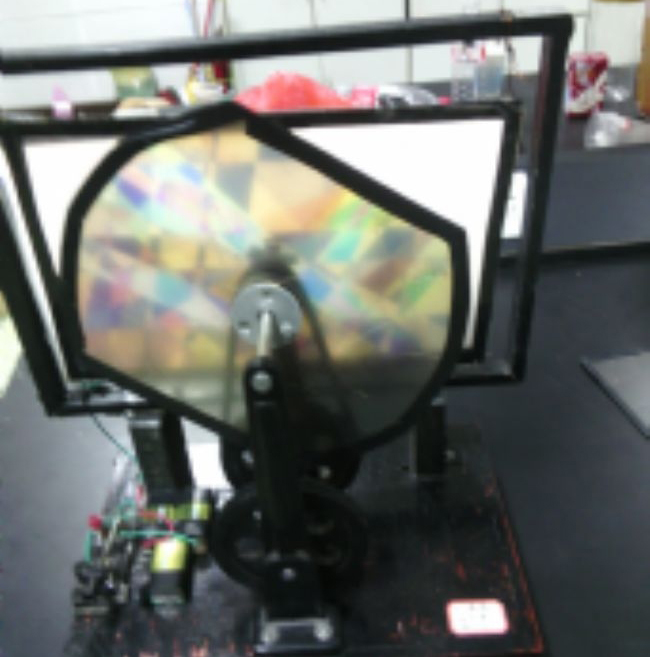
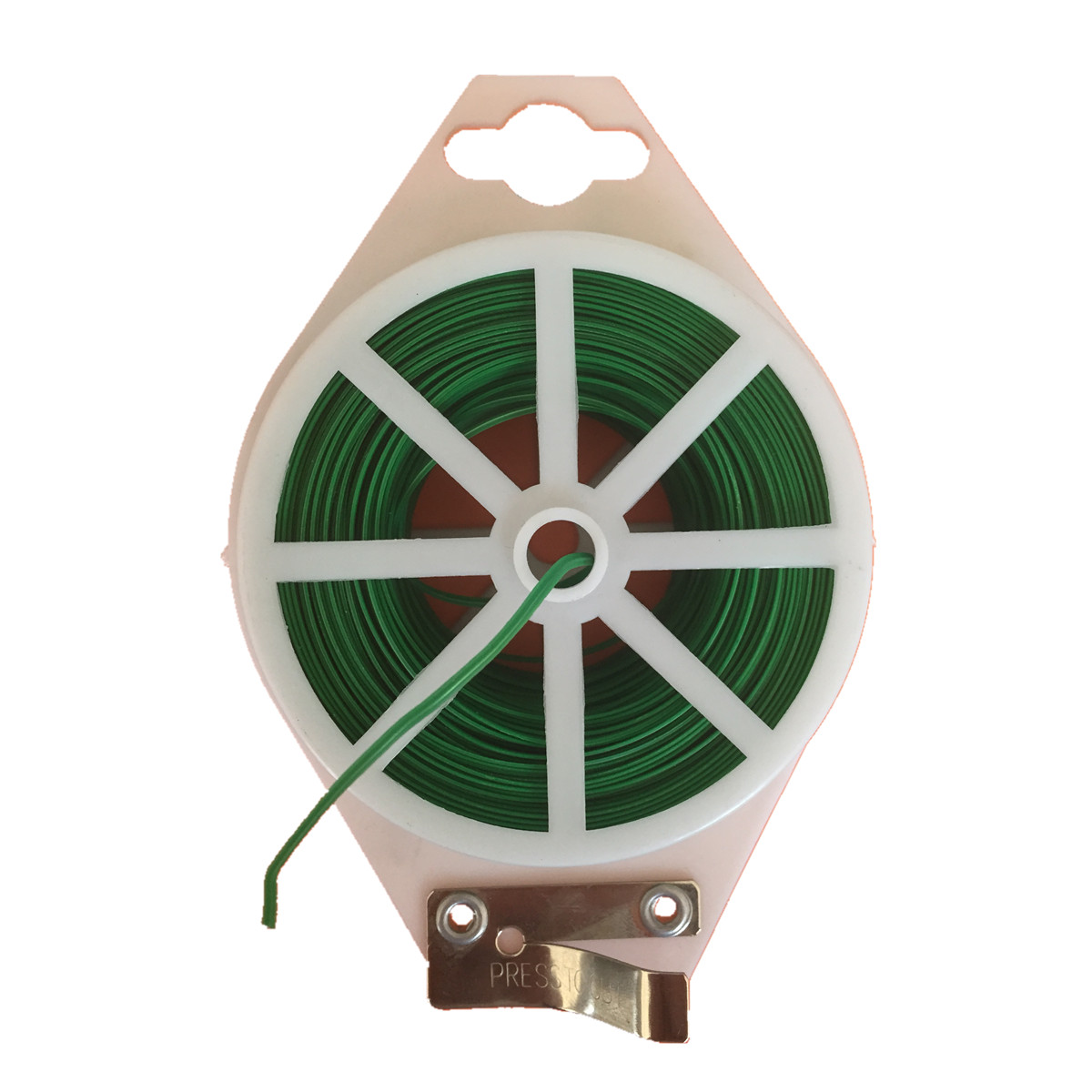
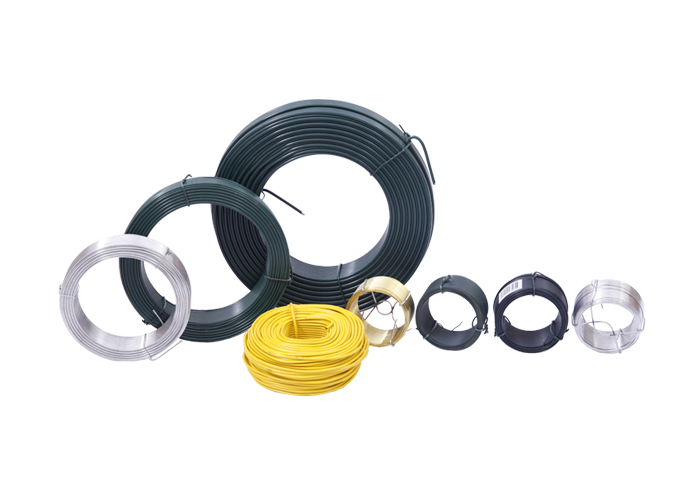
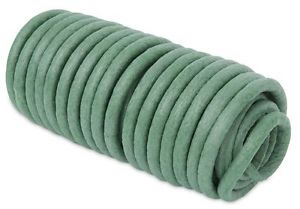
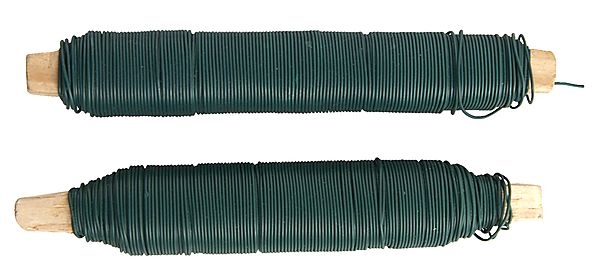
[Zhejiang Normal University] color polarization demonstrator
Size/ mm
Weight/ kg
Pcs/ Carton
Carton Size/ cm
0.4 x 3 x 30
0.113
24
36 x 24 x 16
0.4 x 3 x 75
0.185
24
36 x 24 x 16
0.4 x 3 x 100
0.226
24
43 x 28 x 16
Wire Dia. / mm
Length/ m
0.7
100
0.9
50
1.25
50
1.60
15
2.5
25
Size
Color
Φ7mm x 10m
Green
Type
Size
Pcs/ Bag
Bags/ Carton
Annealed
0.65mm x 100g
50
10
Galvanzied
0.65mm x 100g
50
10
PVC Coated
0.65mm x 100g
50
10